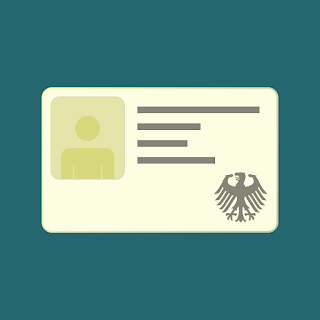Online Security 101: Safeguarding Your Identity and Bank Account in the Digital Age
In today's digital landscape, protecting your identity and bank account online is crucial. This article will provide you with essential tips and best practices to enhance your online security and keep your sensitive information safe.
1. Create Strong and Unique Passwords:
One of the first steps to secure your online accounts is to create strong and unique passwords. Avoid using common or easily guessable passwords. Instead, opt for a combination of uppercase and lowercase letters, numbers, and special characters. Consider using a password manager to store and generate secure passwords for all your accounts.
2. Enable Two-Factor Authentication (2FA):
Two-factor authentication adds an extra layer of security to your online accounts. Enable 2FA whenever possible, as it requires an additional verification step, such as a unique code sent to your mobile device, to access your account. This way, even if someone gets hold of your password, they won't be able to log in without the second factor.
3. Be Cautious of Phishing Attempts:
Phishing is a common tactic used by cybercriminals to trick users into revealing their sensitive information. Be vigilant and skeptical of suspicious emails, messages, or calls asking for personal or financial details. Verify the legitimacy of any requests before providing any information and never click on suspicious links or download attachments from unknown sources.
4. Use Secure Wi-Fi Networks:
When accessing the internet, especially for banking transactions or other sensitive activities, make sure you're connected to a secure Wi-Fi network. Avoid using public or unsecured networks, as they can leave your information vulnerable to hackers. Consider using a virtual private network (VPN) for added security when accessing the internet on public networks.
5. Regularly Update Software and Devices:
Keep your operating system, antivirus software, and other applications up to date. Software updates often include important security patches that address vulnerabilities. Set your devices and software to automatically update whenever possible, or regularly check for updates manually.
6. Use Secure Online Banking Platforms:
Choose reputable and secure online banking platforms for your financial transactions. Look for features such as strong encryption, multi-factor authentication, and notifications for suspicious activities. Regularly review your bank statements and report any unauthorized transactions immediately.
7. Be Mindful of Social Media Sharing:
Avoid sharing sensitive personal information, such as your full address, phone number, or financial details, on social media platforms. Cybercriminals can gather information from your social media profiles to carry out identity theft or targeted attacks. Adjust your privacy settings to limit the visibility of your personal information.
Conclusion:
Protecting your identity and bank account online is essential in today's digital world. By following these tips and best practices, you can significantly enhance your online security and reduce the risk of falling victim to cybercrimes. Stay informed, stay vigilant, and take proactive steps to safeguard your digital life.
Remember, online security is an ongoing process, so make it a habit to regularly review and update your security measures. Stay informed about the latest security threats and educate yourself on emerging trends to stay one step ahead of cybercriminals.
With these practices in place, you can confidently navigate the digital landscape and protect your identity and bank account from potential threats.




Comments
Post a Comment